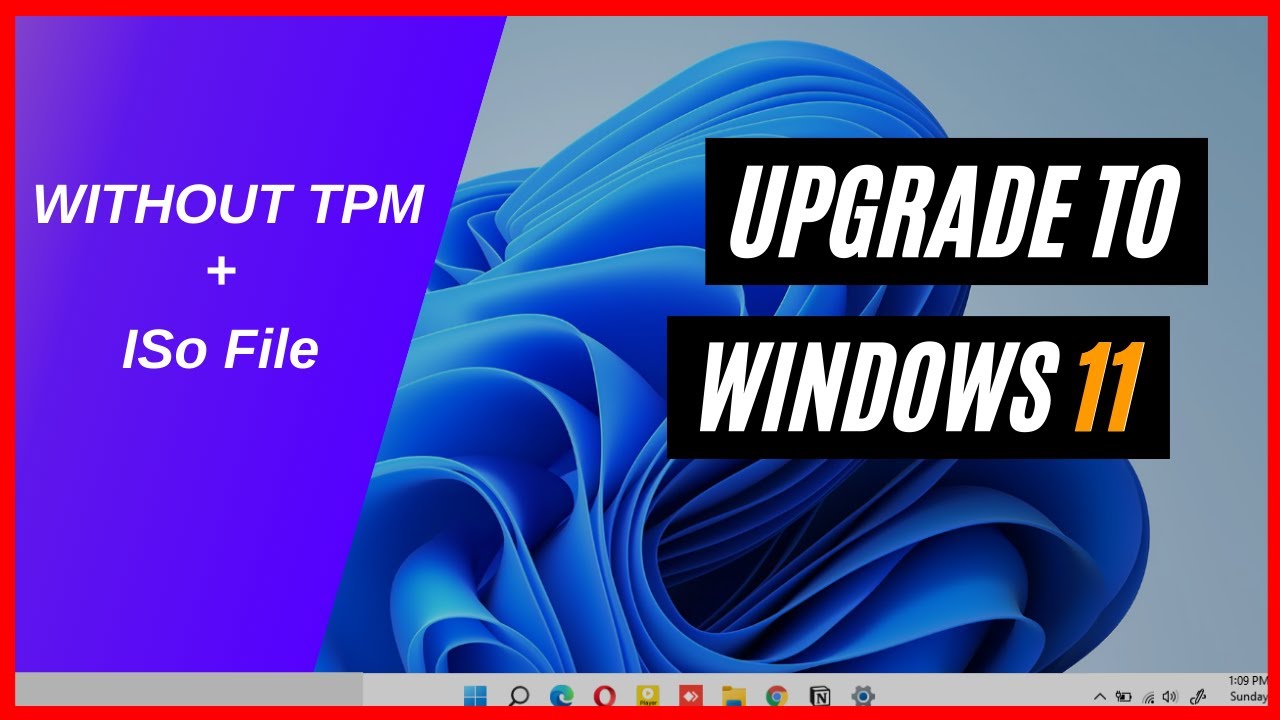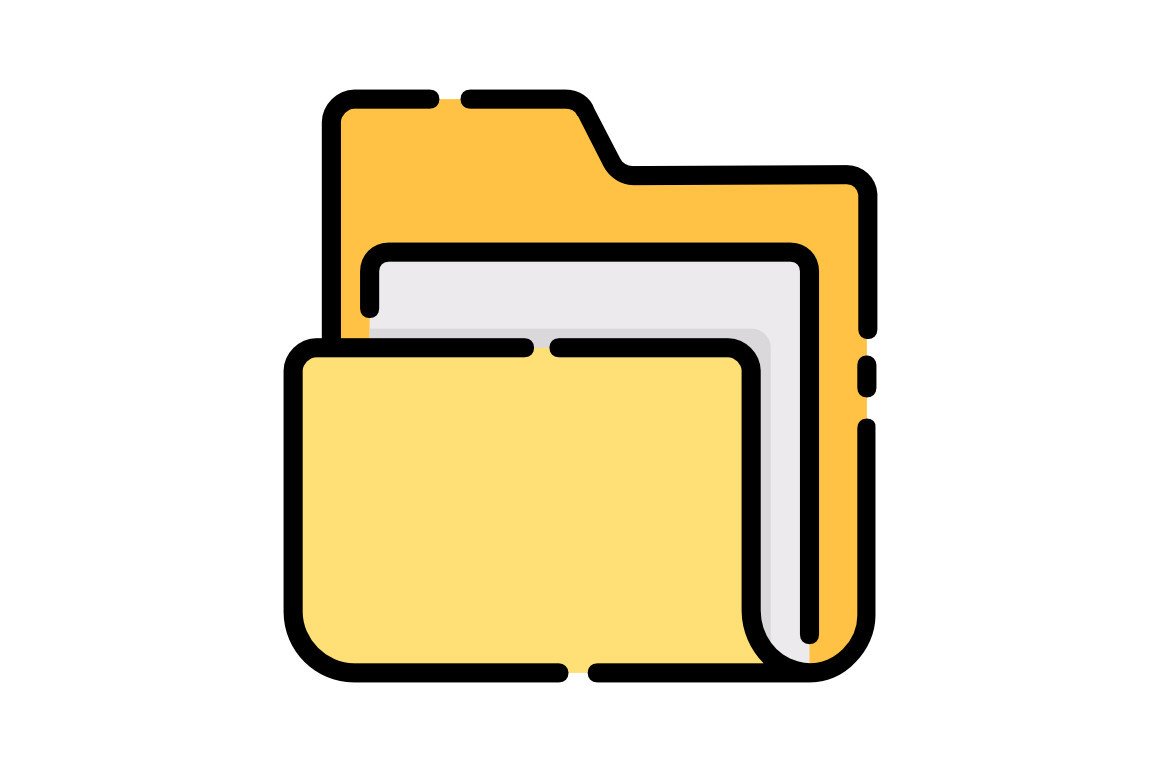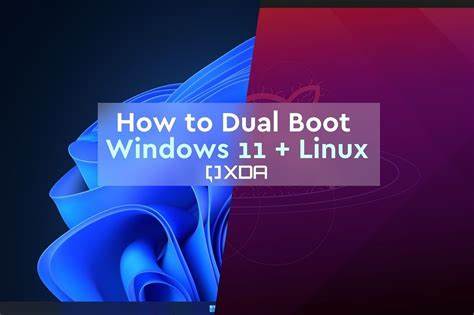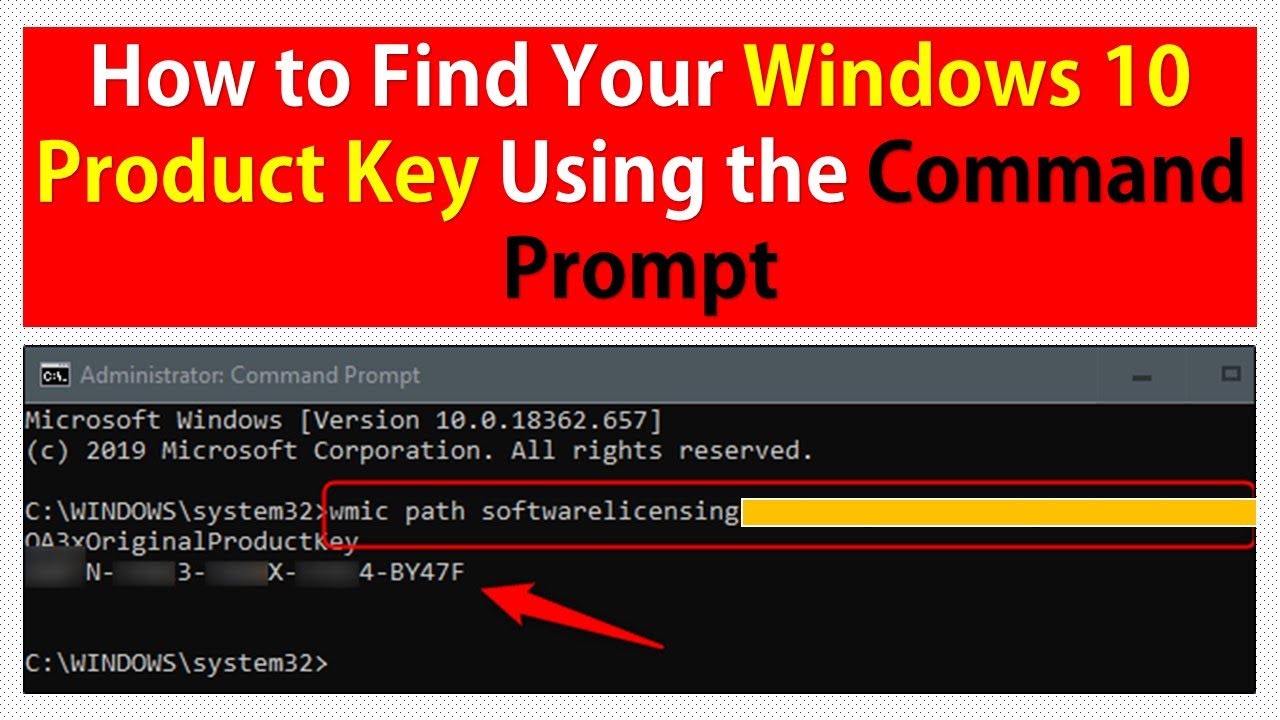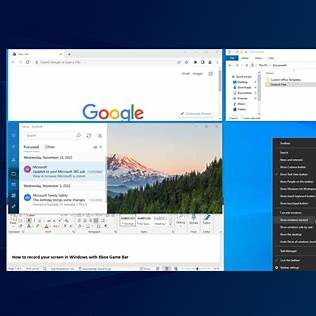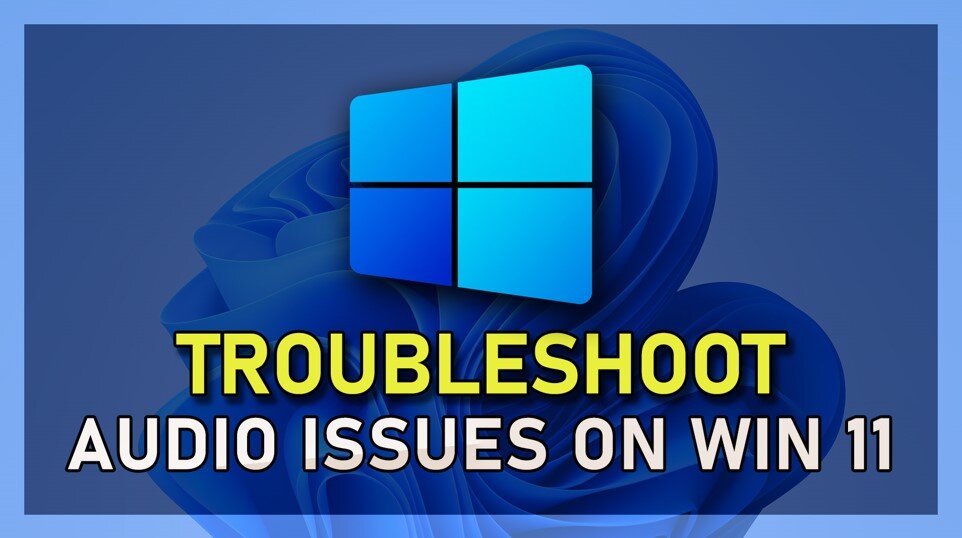If you’re a developer, system admin, or just someone who wants to try out Linux on Windows, you’re in luck. Microsoft has made it possible to run a full-fledged Linux distribution inside Windows using WSL—the Windows Subsystem for Linux. I’ve personally used WSL for web development, running scripts, and testing server setups—all without needing a separate Linux machine or dual-boot setup. It’s fast, efficient, and deeply integrated into Windows.
This guide will walk you through how to run Linux on Windows using WSL, step by step, based on verified and practical knowledge.
What Is WSL?
WSL (Windows Subsystem for Linux) is a compatibility layer that allows Windows to run Linux binaries natively. It lets you install a Linux distribution like Ubuntu, Debian, or Kali Linux directly from the Microsoft Store.
There are two versions:
- WSL 1 – Initial version, good for simple tasks, uses a translation layer
- WSL 2 – Full Linux kernel via a lightweight virtual machine, supports Docker, faster file system access, and better compatibility
For most users today, WSL 2 is the recommended version.
Benefits of Using WSL
- Run Linux commands alongside Windows apps
- Access bash shell, apt, and Linux packages
- Use it for web development, server-side testing, automation, and scripting
- Avoid dual boot setups or full virtual machines
- Easy integration with VS Code, Docker, and other dev tools
System Requirements for WSL
To use WSL 2, you need:
- Windows 10 version 2004 or later (Build 19041+)
- Or Windows 11 (any version)
- Virtualization enabled in BIOS
- An internet connection to download Linux distributions
Step-by-Step Guide to Install and Use Linux with WSL
Step 1: Enable WSL Feature
Open PowerShell as Administrator to enable WSL.
Command:
powershell
CopyEdit
wsl –install
This command installs everything required, including:
- WSL 2
- Virtual Machine Platform
- Ubuntu (default Linux distro)
If this doesn’t work or you’re using an older version of Windows 10, you can enable it manually.
Alternate Manual Method:
powershell
CopyEdit
dism.exe /online /enable-feature /featurename:Microsoft-Windows-Subsystem-Linux /all /norestart
dism.exe /online /enable-feature /featurename:VirtualMachinePlatform /all /norestart
Then restart your computer.
Step 2: Set WSL 2 as the Default Version
Once WSL is installed, set WSL 2 as default.
Command:
powershell
CopyEdit
wsl –set-default-version 2
This ensures any future Linux distributions you install will use WSL 2.
Step 3: Install a Linux Distribution
You can now install a Linux distro from the Microsoft Store.
Common options:
- Ubuntu (most popular and beginner-friendly)
- Debian
- Kali Linux
- Fedora Remix
- openSUSE
Steps:
- Open Microsoft Store
- Search for Ubuntu (or any other distro)
- Click Get to download and install
After installation, launch the distro from the Start Menu.
Step 4: Complete Initial Linux Setup
The first time you launch your Linux distribution, it will take a few moments to set up.
You’ll be prompted to:
- Create a new UNIX username
- Set a password (for the Linux environment)
Once set, you’ll land in the Linux terminal, ready to use commands.
Step 5: Update and Upgrade Your Linux Distro
To ensure your environment is up to date:
Run:
bash
CopyEdit
sudo apt update && sudo apt upgrade -y
This updates all installed packages to the latest versions. I do this as the first step after setting up any new system.
Step 6: Install and Use Linux Tools
You can now install any Linux command-line tools.
Examples:
bash
CopyEdit
sudo apt install git
sudo apt install python3
sudo apt install build-essential
You can also clone repos, write shell scripts, and run node apps—all inside your Windows system.
Step 7: Access Windows Files from Linux
WSL mounts your Windows file system automatically.
To access your Windows files:
bash
CopyEdit
cd /mnt/c
This command takes you to your C:\ drive. You can navigate, copy, and edit files seamlessly between Windows and Linux.
Example:
bash
CopyEdit
cd /mnt/c/Users/YourUsername/Desktop
I use this daily when working on cross-platform projects.
Step 8: Run Windows Commands from Linux and Vice Versa
WSL allows interoperability.
From Linux terminal, you can run a Windows app:
bash
CopyEdit
notepad.exe
From Command Prompt or PowerShell, you can run Linux commands:
powershell
CopyEdit
wsl ls -la
This is great for integrating tools from both environments in your workflow.
Step 9: Customize Your Terminal
For a better experience, install Windows Terminal from the Microsoft Store. It allows you to:
- Use tabs for multiple shells
- Change color schemes and fonts
- Switch between PowerShell, CMD, and Linux easily
After installing, set your preferred Linux distro as the default profile.
Step 10: Use WSL with Visual Studio Code
Install VS Code and then the Remote – WSL extension.
Steps:
- Open VS Code
- Click the Extensions icon
- Search and install Remote – WSL
- Open a folder inside WSL using the command palette: Ctrl + Shift + P → “Remote-WSL: New Window”
This lets you run your code inside the Linux environment while editing with Windows tools.
Bonus: Export and Import WSL Distributions
You can export a WSL instance to back it up or transfer it.
Export:
powershell
CopyEdit
wsl –export Ubuntu ubuntu_backup.tar
Import:
powershell
CopyEdit
wsl –import UbuntuNew D:\WSL\UbuntuNew ubuntu_backup.tar
This is useful for creating consistent environments across multiple machines.
Troubleshooting Common WSL Issues
- Virtualization not enabled: Check BIOS settings and enable Intel VT-x or AMD-V
- WSL version not updating: Use wsl –set-version <distro name> 2
- Permission errors: Run terminal as Administrator
- Microsoft Store not installing distro: Download manually from command line using wsl –install -d <distro>
Conclusion
Running Linux on Windows using WSL gives you the best of both worlds—access to powerful Linux tools without leaving your familiar Windows setup. Whether you’re coding, testing, or learning Linux, WSL makes it accessible and efficient.
From my experience, WSL has become an essential part of my daily development environment. It’s easy to set up, fast to use, and integrates beautifully with Windows apps and tools.
With just a few commands, you can install a full Linux distro and begin using bash, Python, Git, and more—all without rebooting or switching systems.
